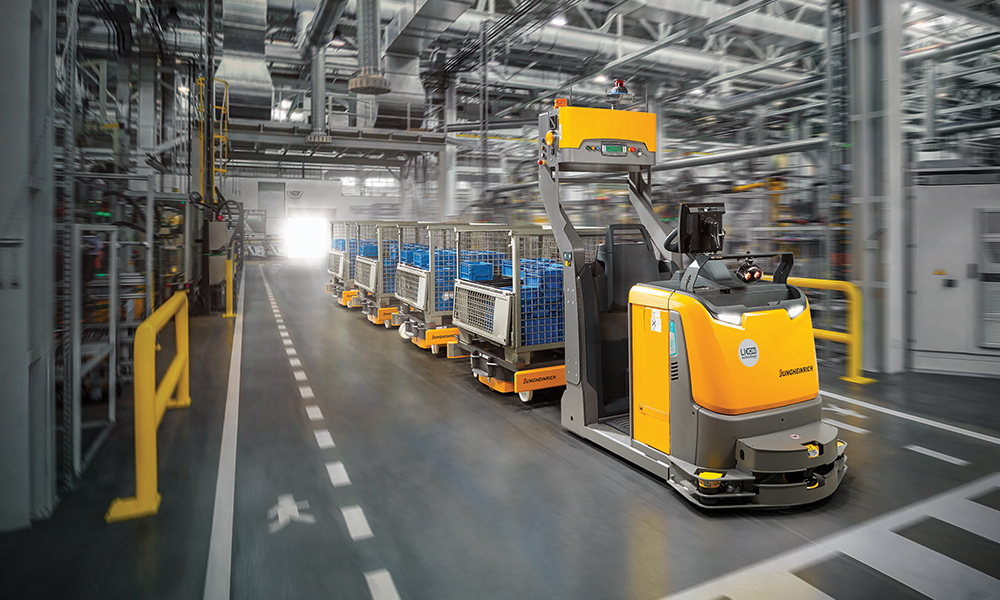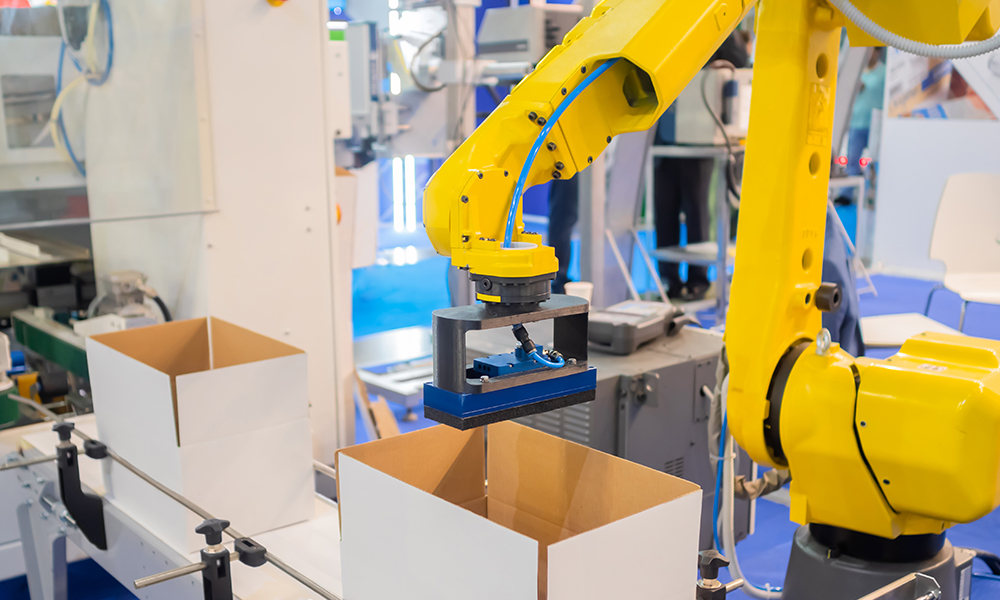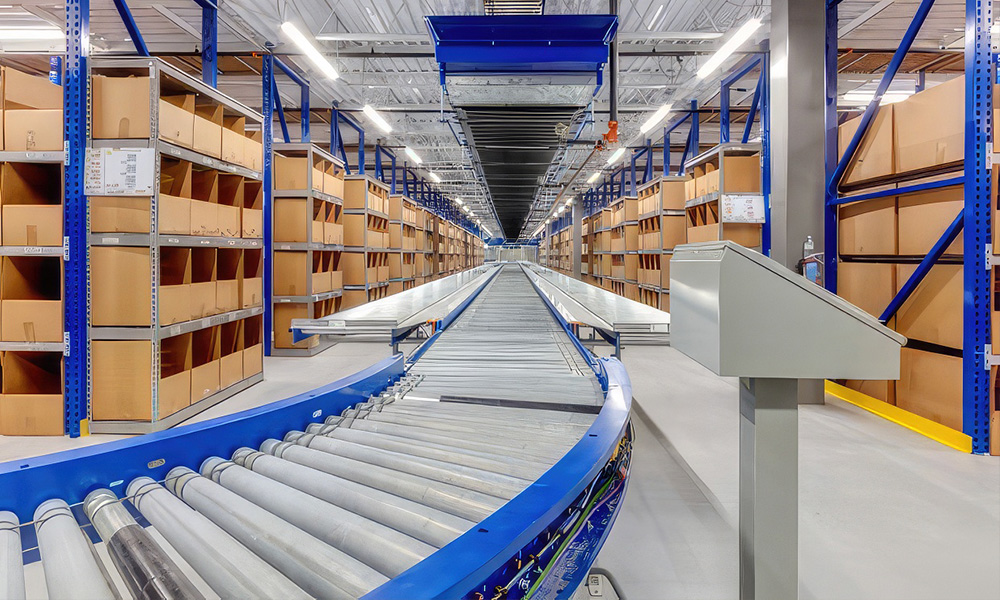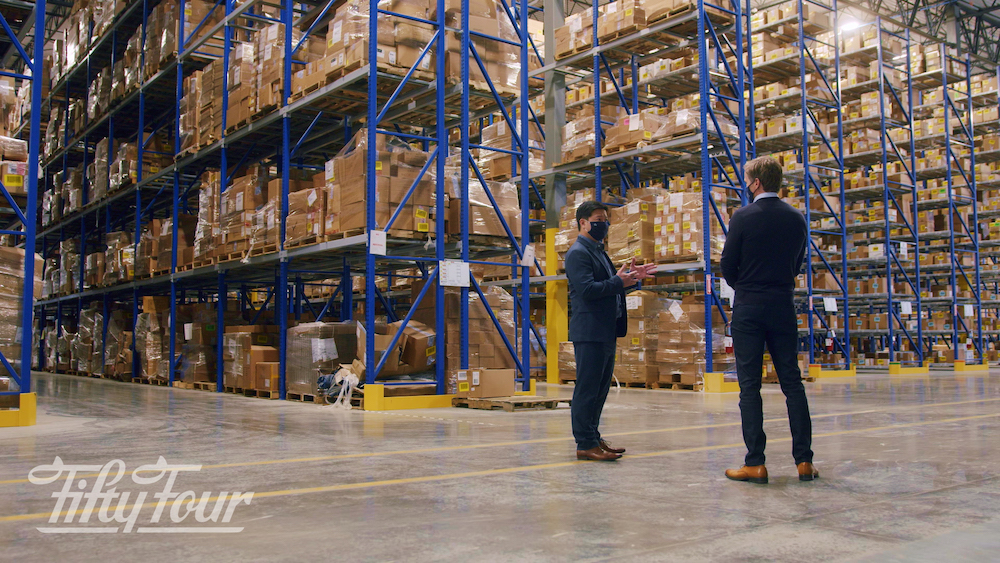
In today’s rapidly evolving landscape of commerce and industry, the efficiency and optimization of warehouse operations are paramount. With the exponential growth of e-commerce and the increasingly complex demands of consumers, traditional methods of warehousing are being pushed to their limits. In response, the integration of robotics into warehouse management has emerged as a transformative solution, addressing key challenges and unlocking new levels of productivity.
Warehouses serve as the backbone of modern supply chains, acting as hubs where goods are stored, sorted, and dispatched. However, the traditional manual labor-intensive approach to these tasks often struggles to keep pace with the demands of contemporary markets. The need for speed, accuracy, and scalability has become more pressing than ever, prompting a shift towards automation and robotics. By harnessing the power of robotics, warehouses can streamline processes, minimize errors, and significantly increase throughput, all while reducing operational costs and enhancing overall efficiency.
Furthermore, the rise of e-commerce has revolutionized consumer expectations, placing unprecedented pressure on warehouses to fulfill orders quickly and accurately. With the demand for same-day and next-day delivery becoming the norm, traditional manual workflows are simply unable to meet these expectations consistently. Robotics offer a solution by enabling warehouses to operate 24/7 with unparalleled speed and precision, ensuring that orders are processed and shipped in a timely manner. This not only enhances customer satisfaction but also strengthens the competitive edge of businesses in an increasingly crowded market.
In essence, the need for robotics in warehouses stems from the imperative to adapt and thrive in an era defined by rapid technological advancement and evolving consumer preferences. By embracing automation, warehouses can overcome the limitations of traditional methods, achieve new levels of efficiency, and position themselves for success in the dynamic landscape of modern commerce.

2024 Intralogistics Robotics Survey
A recent article in Modern Materials Handling published the “2024 Intralogistics Robotics Survey”. The study lead with the statement, “Two years ago, 40% of companies had no plans to use robots. That number has been whittled down to 8% according to the annual Intralogistics Robotics Survey from Peerless Research Group, MHI and The Robotics Group.”
“This year’s 216 respondents are employed at a variety of different organizations, including manufacturing (32%), other non-manufacturing (21%), transportation or warehousing services (15%) and retail trade (14%). Respondents hold a wide range of positions from corporate management (28%) to logistics director or manager (16%), to plant manager (12%), to material handling director or manager (7%).”
“Most participants (40%) work for companies that have less than $50 million in annual revenues, with the next largest group (17%) working for organizations with revenues of $2.5 billion or more. The remaining companies have revenues that range from $100 million to $2.49 billion. Nearly half (46%) of survey respondents are using one or more types of robots, 33% plan to use robots in the next three years, 10% say they plan to use robots beyond three years, and 8% have no plans to use robots at this time. Most companies (60%) are currently using or considering other types of large-scale intralogistics automation like conveyors, sortation, storage/retrieval or shuttle systems, while 26% are not.”
A warehouse worker shortage has led warehouses and distribution centers in every industry to look for alternate means to move their products. Economic recession and inflation of general operating costs along with huge issues related to environmental, social and governance of the industry are affecting the bottom line and actions must be taken to remain profitable. Robots are the answer in some applications.

Robotics in the Warehouse
Many warehouses and distribution center management teams are researching the ways robotics can improve productivity, reduce accidents and damages, and meet the demands of their customers. Robots are utilized in a number of areas of a warehouse operation.
Robots are used for moving goods within the warehouse. Automated Guided Vehicles (AGVs) and Autonomous Mobile Robots (AMRs) navigate through the warehouse, transporting goods from one location to another. These robots are equipped with sensors and mapping technology to navigate safely in dynamic environments without colliding with obstacles or humans.
Robotic arms are employed for picking and packing items in warehouses. These robots can handle a variety of products, including fragile or irregularly shaped items, with precision and efficiency. They use computer vision and machine learning algorithms to identify and grasp objects accurately.
Robotics is also utilized for sorting and distributing items in warehouses. Conveyor belt systems with robotic arms are employed to sort packages based on destination, size, weight, or other criteria. This automated sorting process streamlines order fulfillment and reduces errors.
Drones and robotic vehicles are increasingly used for inventory management in warehouses. These robots can autonomously scan barcodes or RFID tags to track inventory levels in real-time. They help in maintaining accurate inventory records and optimizing storage space.
Advanced robotics technologies, coupled with artificial intelligence and data analytics, enable warehouses to optimize their operations. These systems analyze historical data, current demand trends, and other factors to optimize inventory placement, streamline order fulfillment processes, and minimize operational costs.
Collaborative robots, or cobots, work alongside human workers to enhance efficiency and safety in warehouses. These robots are designed to operate safely in proximity to humans, performing tasks that are repetitive, ergonomically challenging, or dangerous, while humans focus on more complex tasks.
One of the key advantages of robotic systems in warehouse automation is their adaptability and scalability. These systems can be easily reconfigured and scaled to accommodate changing demand patterns, seasonal fluctuations, or expansion of warehouse operations.
Overall, robotics in warehouse automation is transforming the logistics industry by improving efficiency, accuracy, and productivity while reducing costs and enhancing safety. As technology continues to advance, we can expect further innovations in this field, driving even greater levels of automation and optimization in warehouse operations.

54 Intralogistics Can Help
With this trend of moving toward robotics in automating materials handling, it is important to do the research to examine which solutions and products are best for the operation. Considerations must be reviewed, like initial higher costs for a better return on investment. Also, is the equipment like forklifts and conveyor systems capable of integrating the new technology and hydraulics or must new equipment be purchased? Normally, the use of robotics in the equipment helps with space optimization, but the parameters of storage and floor space must be analyzed.
54 Intralogistics provides turnkey solutions that deliver total optimization, utilization and maximum return on investment of every square foot of warehouse space, manufacturing plant or business facility. It takes a professional integration of equipment, warehouse products and technology to streamline efficiency and maximize productivity. The 54 Intralogistics team of professionals can assist in needs analysis, planning, CAD design, engineering, product/equipment procurement, installation as well as ongoing service and maintenance.
54 Intralogistics offers a program to discover the “MaxOP” of an operation. That’s a business’ Maximum Operating Potential. Then, we can design, equip, and install a custom solution on time and within budget. Whether it’s a massive custom turnkey project with complex requirements — or an individual product purchase, we are here to help. We are here to transform a business. It all begins inside a warehouse.
